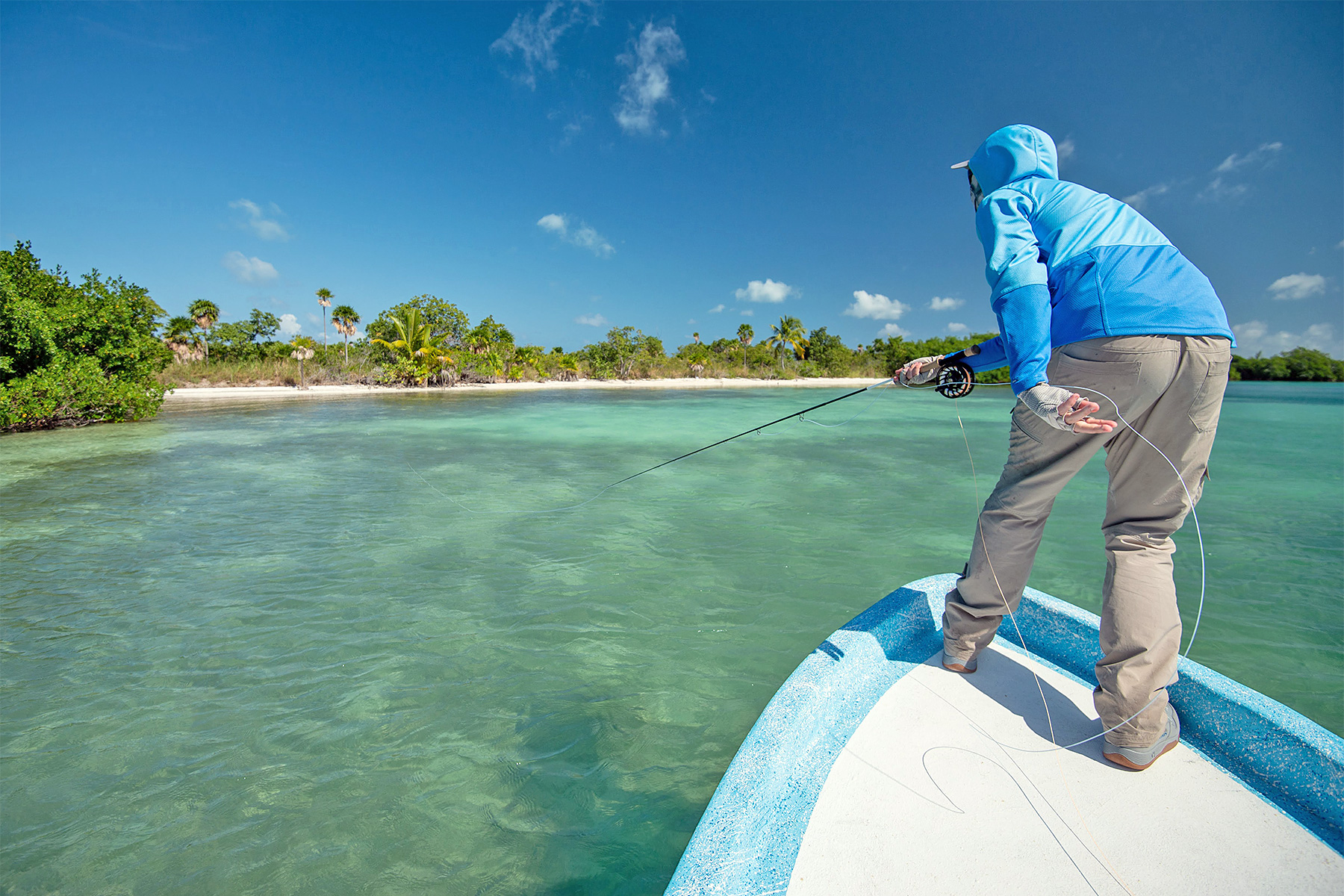Understanding the Importance of a Fly Fishing Backpack
When it comes to fly fishing, having the right gear is only half the battle; the other half is making sure it’s organized and easily accessible. A Fly fishing backpack plays a crucial role in this, allowing anglers to carry rods, reels, flies, and other essentials comfortably and efficiently. Choosing the right fly fishing backpack can mean the difference between a frustrating outing and a smooth, enjoyable experience on the water. Not all backpacks are created equal, so understanding what to look for is key to maximizing both convenience and performance during your fishing trips.
Consider the Capacity and Storage Options
One of the first things to consider when selecting a fly fishing backpack is capacity. Depending on whether you are going for a half-day trip or a multi-day adventure, your storage needs will vary. A good fly fishing backpack should have multiple compartments to separate your gear, including space for fly boxes, tippet spools, and other small essentials. Some backpacks also offer waterproof compartments for sensitive items, ensuring that your electronics, maps, and snacks stay dry even in wet conditions. Look for backpacks that provide both large main compartments and smaller pockets for easy organization.
Focus on Comfort and Fit
A fly fishing backpack will often be carried for hours while trekking along streams and rivers, so comfort is paramount. Padded shoulder straps, adjustable chest and waist straps, and breathable back panels are features that enhance comfort during long days of fishing. Choosing a fly fishing backpack that distributes weight evenly across your back reduces strain and prevents fatigue, allowing you to focus on casting and enjoying the scenery instead of dealing with sore shoulders or back pain. Adjustable straps also allow for a customizable fit, which is especially useful if you plan to wear additional layers or waders underneath.
Durability and Material Quality
Durability is another essential factor when choosing a fly fishing backpack. Outdoor environments can be harsh, with rough terrain, water exposure, and sun damage all taking a toll on gear. Look for backpacks made from high-quality, abrasion-resistant materials such as nylon or polyester with reinforced stitching. Water-resistant or waterproof fabrics add an extra layer of protection, ensuring that your gear stays safe in rain, river crossings, or unexpected splashes. Zippers and buckles should be sturdy and reliable, as these components often determine how long a backpack will last under frequent use.
Accessibility and Convenience
A well-designed fly fishing backpack should offer easy access to frequently used items. Features like side pockets for water bottles, front-loading compartments for fly boxes, and quick-access pockets for tools like forceps or nippers can significantly enhance convenience. Some backpacks also include attachment points for tools or rod holders, allowing you to carry extra gear without cluttering the main compartments. When evaluating a backpack, consider how quickly you can reach essential items without having to unpack everything, as this can save time and make your fishing experience smoother.
Weight and Portability
Even the most feature-rich fly fishing backpack can become cumbersome if it is too heavy when empty. Lightweight backpacks reduce overall strain and make it easier to move quickly along rivers and streams. Pay attention to the weight of the backpack itself and balance it against the amount of gear you plan to carry. A lightweight design combined with ample storage and comfort features ensures that you can carry all necessary equipment without feeling weighed down or restricted in movement.
Style and Additional Features
While function is the primary consideration, style and additional features can enhance the overall experience. Many modern fly fishing backpacks come with hydration bladder compatibility, removable hip belts, and even built-in rain covers. Choosing a backpack that aligns with your fishing style, whether it’s wading through rivers, hiking to remote spots, or boat fishing, ensures that you are prepared for all scenarios. Some anglers prefer sleek, minimalistic designs for easy mobility, while others may opt for backpacks with extensive storage and accessory options for longer excursions.
Making the Right Choice for Your Fishing Adventures
Selecting the perfect fly fishing backpack requires balancing capacity, comfort, durability, accessibility, and weight. By understanding your specific fishing needs, considering the conditions you will encounter, and evaluating the features that matter most, you can find a backpack that enhances your overall fly fishing experience. Investing time in choosing the right backpack ensures that your gear is protected, organized, and easily accessible, allowing you to focus on what truly matters—catching fish and enjoying your time on the water.
A well-chosen fly fishing backpack is more than just a container for gear; it is an essential tool that supports your fishing adventures, improves your efficiency, and enhances comfort during long days on rivers and streams. Whether you are a seasoned angler or just starting, prioritizing quality, fit, and functionality in your fly fishing backpack ensures every outing is as enjoyable and productive as possible.
